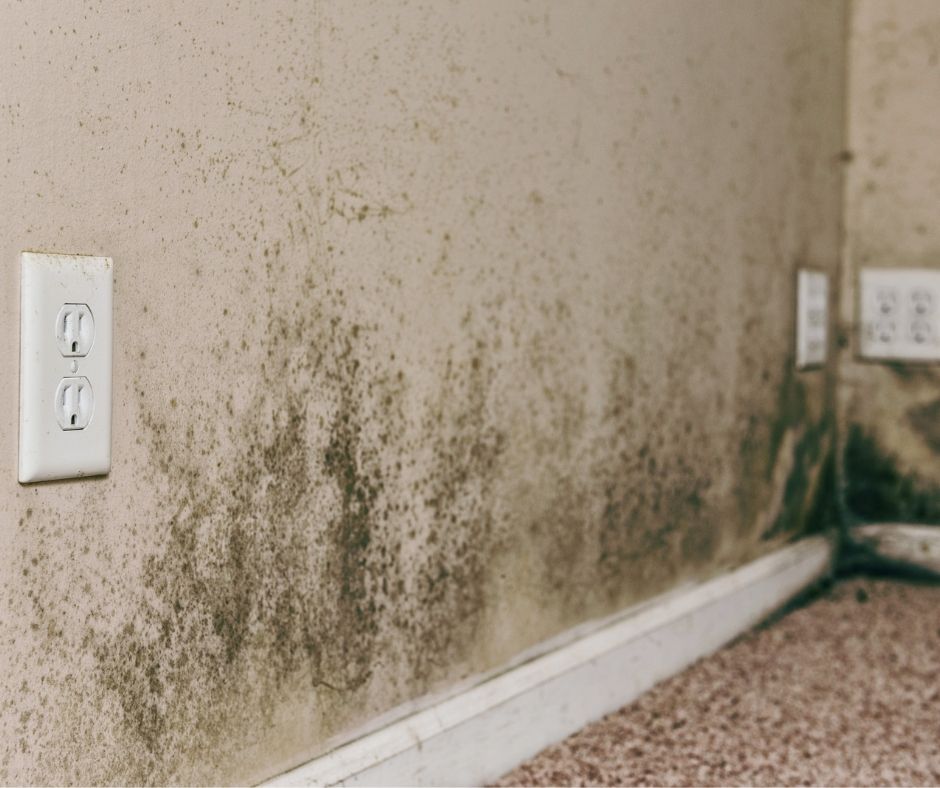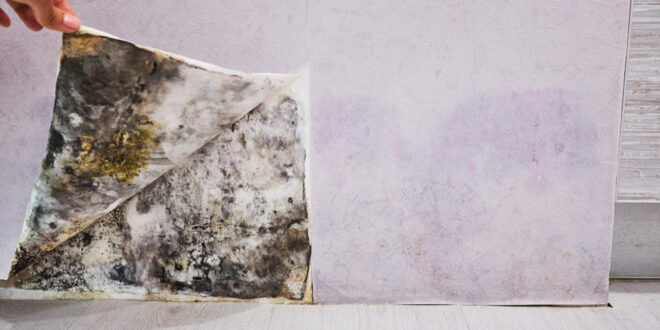Mold is a common issue that many homeowners have to deal with, whether its visible or hidden. While both types of mold can be harmful to your health, there is a debate over which is more dangerous.
Visible mold can often be a sign of a larger infestation, but hidden mold can go undetected for longer periods of time, leading to more extensive damage. In this article, we will explore the differences between visible and hidden mold, as well as the potential health risks associated with each.
By understanding the dangers of mold, you can take the necessary steps to protect your home and your health.
1. Understanding Mold: What Is Visible vs. Hidden Mold?

When it comes to understanding mold, it is important to distinguish between visible and hidden mold. Visible mold can often be seen on walls, ceilings, or other surfaces in the form of black or green spots.
This type of mold is relatively easy to identify and address, whether through cleaning or professional remediation. On the other hand, hidden mold is more elusive as it can grow behind walls, under floors, or in other areas not easily visible.
Despite its hidden nature, hidden mold can be just as dangerous, releasing spores into the air that can potentially cause respiratory issues and other health problems. It is crucial to address both visible and hidden mold promptly to ensure a safe and healthy living environment.
2. The Dangers of Visible Mold Exposure

Exposure to visible mold poses significant dangers to both physical health and property integrity. Mold thrives in damp, dark environments, making it a common issue in homes and buildings with water damage or high humidity levels.
When left untreated, visible mold can release spores into the air, leading to indoor air pollution and respiratory issues for those living or working in the affected space. In addition to health concerns, mold can also cause structural damage to buildings, compromising the safety and stability of the entire structure.
It is crucial to address visible mold promptly to mitigate these risks and create a safe and healthy environment.
3. Unseen Threats: The Risks of Hidden Mold

Hidden mold poses a significant risk that many people may not even be aware of. Unlike visible mold, which can be easily identified and treated, hidden mold can lurk behind walls, under floors, or in dark, damp corners where it goes unnoticed for long periods of time.
This can lead to serious health issues, as mold spores can become airborne and be inhaled, causing respiratory problems, allergic reactions, and other health complications. In addition, hidden mold can weaken the structure of a building over time, leading to costly repairs and renovations.
Its important to be proactive in checking for hidden mold in your home or workplace to ensure the health and safety of those around you.
Conclusion
In conclusion, both visible and hidden mold pose health risks and should be taken seriously. While visible mold can be a clear indicator of a problem, hidden mold can be just as harmful if left unchecked.
It is important to address any signs of mold growth promptly and thoroughly in order to protect your health and the health of your loved ones. Consulting with a mold expert can help identify and remediate mold issues effectively. Remember, prevention is key when it comes to mold, so be proactive in addressing any moisture problems in your home to avoid potential health hazards.
 Howl Movie
Howl Movie




